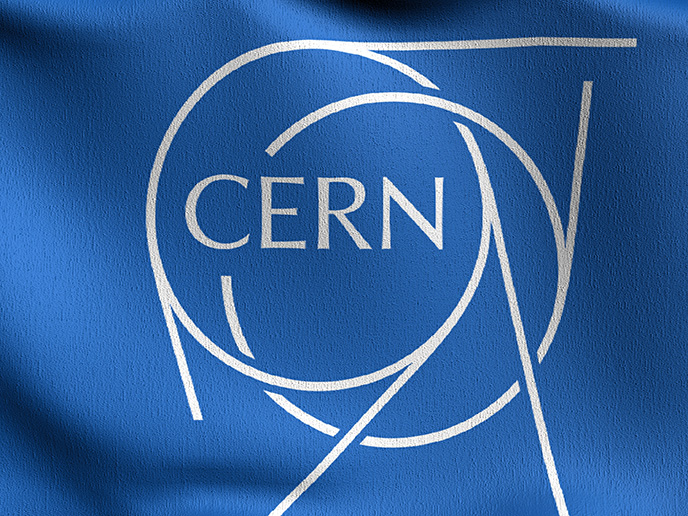Plans to build a bigger Large Hadron Collider
In March 2010, LHC started colliding protons at an unprecedented energy of eight teraelectronvolt – four times higher than Tevatron in the US. After one and a half year of operation, in July 2012, the long-sought Higgs boson, the cornerstone of the Standard Model of particle physics was discovered. To further extend its discovery potential, the LHC will need a major upgrade. The EU-funded project HILUMI LHC(opens in new window) (FP7 high luminosity Large Hadron Collider design study) aimed to realise a powerful particle accelerator that can be used to observe rare processes. A higher particle collision rate requires innovative technologies based on superconductivity. These include high-field magnets to guides and focus particles to ultrarelativistic energies and radio-frequency cavities for beam rotation along with a new generation of low-impedance collimators. The HILUMI LHC team has prepared the ground to increase the LHC luminosity by a factor of up to ten, far beyond its original design value. Scientists and engineers from 15 European institutions as well as from institutes in Russia, Japan and the US worked together to bring this about. The project partners established the beam parameters needed to achieve the desired luminosity and defined the high-field magnetic specifications. They chose main parameters of the magnet lattice such as its dimensions, the operational field gradients and the most suitable magnet technology. Importantly, they undertook the engineering design of magnets along with radio-frequency cavities. Significant advances were made in the design of high field magnets using Nb3Sn technology (11-12 teslas, i.e. 40 % higher than LHC fields), compact superconducting cavities generating deflecting electric fields, as well as the superfluid helium cryogenics for cooling. Several significant milestones were also achieved towards the finalisation of interaction region layout updates. Numerical tools have been set up for advanced techniques of cleaning and protection from incoming beams and collimation of physics debris. Simulations of beam loss and energy deposition were carried out to define collimation requirements and determine the impact of new materials in the collimation system. The materials showing the most promising features were copper-diamond and molybdenum carbide–graphite composites. The LHC already delivers the highest luminosity beams among all proton accelerators in the world. However, a major upgrade will ensure its position as world leader in high-energy physics up to 2040. HILUMI LHC drew on expertise from around the world to maintain the European Research Area attractive for scientists.







